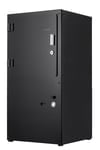A Kickstarter success story that has seen SLA resin 3D printing enter the mainstream, the Peopoly Moai, as we reviewed back in 2017, was exceptional if a little unpolished. Offering a previously prohibitively expensive technology at an affordable price, the Moai lowered the barrier of entry for many.
Pushed as the resin printer for experimenters, its open laser control settings and ease of use made it a powerful productivity tool.
In the two years since launch, Peopoly has pushed out small hardware add-ons to improve the Moai’s usability, and, eventually, rolled these changes into a new hardware package – the Moai 130.
We took the Moai 130 for a spin, to see what has changed, what hasn’t, and whether the Moai 130 is a worthwhile leap over the original Peopoly Moai. Read on for our full review.
Verdict
Pros
- Easily hackable/repairable
- Heater removes ambient temp from troubleshooting
- Easy-level plate makes leveling easy (no duh)
- Can achieve high detail in small models
Cons
- Ever-evolving settings disadvantage the new user
- SD card reader issues persist, years after first appearing
- Handling resin is still a godawful mess
Head to head between the original Moai and the Moai 130, the 130 wins out. It is the same great 3D printer, albeit bundled with 100s of dollars worth of hardware add-ons for less than the retail sum of its parts. These upgrades mostly improve various aspects of using the Moai, albeit at the expense of making the machine a little messier and more of a challenge to set up and calibrate.
Hurdle this, and the overall package is a worthwhile one.
Design

At its heart, the Peopoly Moai 130 is pretty much the same as the original Peopoly Moai 130. It’s a tall black slab of acrylic, with a laser and galvanometer at its heart.
Typical of what we could consider ‘traditional’ stereolithography apparatus (SLA) 3D printing, the beam from the laser is directed into a vat of resin, tracing layers of a model line by line, much like an FDM printer extrudes lines of molten plastic. In the past, such technology was prohibitively expensive, and only with the likes of Formlabs and its successful Kickstarter campaign for the Form 1 desktop printer did it enter more mainstream channels.
In the Moai, Peopoly successfully brought it to a near-consumer price point, offering a highly capable and hackable machine that has lapped up its fair share of fans.
The Moai 130 is as best we can see, the same. Same 130 x 130 x 180 mm print volume, the same 150 mW laser with 70-micron spot size; same efficiently simple construction. It is familiar and works well.
This also means the same issues we pointed out with that former machine. A slightly claustrophobic work area inside the chamber, SD card reader issues (that plague the machine years after release, it would seem) and little in the way of robust post-processing equipment or air filtration – extras we felt would take it up a notch.
In the Moai 130, this is addressed with some 18-months of hardware improvements rolling into the box that ships to your door. Bolt-on functionality-enhancing extras that’d make a transformer blush, these hardware upgrades result in a machine that is decidedly more capable and easier to use.
At approximately $1,795 assembled or $1,395 as a kit, the Moai 130 costs roughly $100 more than its predecessor. All of the add-ons if purchased separately would come out at close to $300.
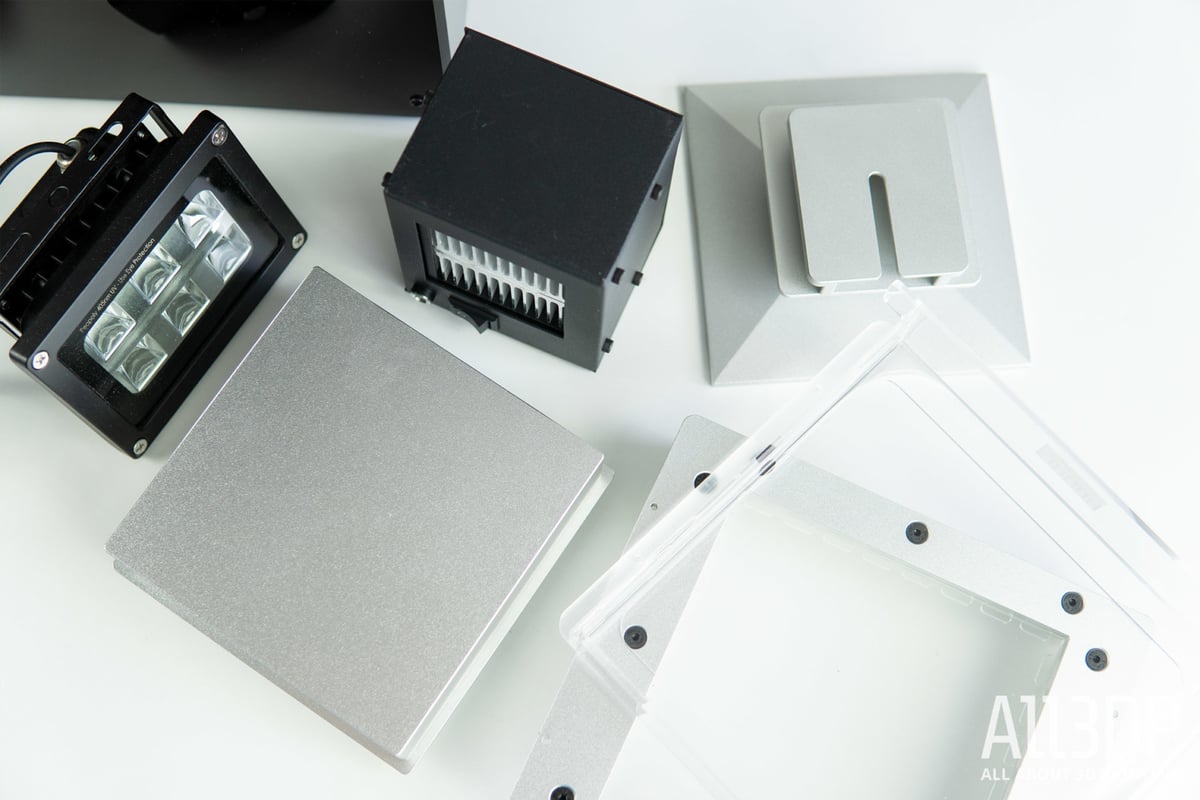
What has changed, however, is some 18-months of hardware add-ons and alternatives to stock equipment rolling into the box that ships to your door. Bolt-on functionality-enhancing extras that’d make a transformer blush, these hardware upgrades go a fair way to enhancing the printer.
For starters, there is the easy-level print plate. Replacing the solid aluminum block that shipped with the original, here you have four M4 nuts that can be loosened. As the print plate lowers to the vat, it settles into its natural level which you then tighten and ‘lock-in.’
It’s a far cry from the psychotic leveling of the original, which required you to remove the side of the printer and dive in with an M4 bolt-driver. That inconvenience is now (almost) gone, making for a quality of life upgrade that makes frequent printing with the Moai in line with the majority of cheaper LCD-based resin printers today.
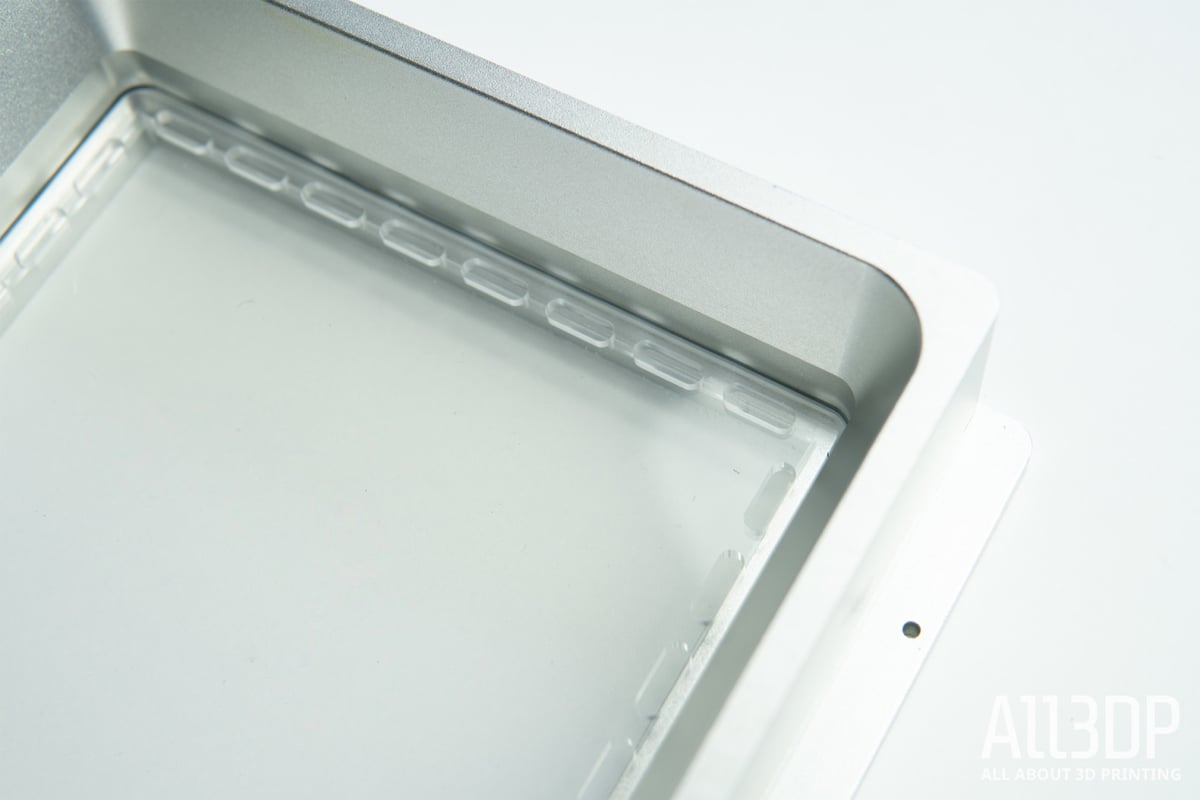
Further reliability enhancements come in the inclusion of an FEP resin vat. A durable film sheet that provides a flexible interface layer, this upgrade needs less attention from you over many prints, as it degrades slower than the PDMS vat of the original machine.
Such longevity is a big win for the user, since the less contact you have with cleaning out and swapping about resins, the better. However, this upgrade is much less forgiving than the PDMS, with a higher ‘stickiness’ to objects during printing increasing the likelihood it will tear apart insufficiently supported prints. Hitting the sweet spot of dense and durable enough supports for the FEP vat is a challenge and much longer process than before. This is touched upon in various threads on the Peopoly forum, but not explicitly stated anywhere in the setup guide.
Handily, the Moai 130 ships with a chamber heating unit that is designed to eliminate one variable that can cause print failure — temperature. Or rather, too low of a temperature.
A common cause of print failure in resin printing is the resin being too cold. We won’t pretend to understand the science behind it, but it is known that photosensitive resin reacts best in toasty climes.
To provide a stable temperature for resin inside the Moai, Peopoly introduced a heater block — a chunky little number that requires an independent power supply.
In practice, the heater works as expected, but we throw a big question mark over its iffy implementation, which we’ll address a little further down this review.
An LED UV lamp is provided with the Moai 130, for post-processing and permanently curing prints. It is a useful addition that gives you a little more flexibility and speed to your post-processing workflow, but on face value, it is merely a Peopoly branded third-party peripheral, seemingly not designed to be affixed to the Moai in any way.
Software

The Peopoly Moai 130 benefits from a print preparation software developed from the ground up. Called Asura, it features two of the most crucial options needed for resin print preparation: support generation, and hollowing.
At launch following the Kickstarter campaign, the Moai shipped with a fork of Cura that served its purpose for slicing but featured no support generation or hollowing. It was recommended to use a concoction of different programs to achieve these necessary aspects of resin printing. And like resin printing, it was messy.
Thankfully our prayers and the indignation of a thriving Moai user forum have been met by the folks at Peopoly with the development of Asura. Launched in 2018, it’s basic but functional software that caters to all of these functions.
Our experience of Asura wavers from finding it acceptably competent to irritatingly buggy. The team at Peopoly is small, so kudos to them for working to provide a unified solution to print prep for the Moai, but too often we find graphical bugs, supports clipping into models and quirks in the UI that causes us to lose our work. For example, why would we ever prepare a full bed of parts with painstakingly configured supports, only to export only the last selected model to G-code? Beats us, and we keep doing it, over, and over.
If you plan to stick to Peopoly’s rather good range of resins, then you’re all set in Asura with its material profiles ready to run out of the box. Branching out to third-party materials, you will need tinker with laser power, print speeds, and layer heights to find the optimal settings. You can’t do this yet in Asura, meaning you will have to use Cura, for which there is a baked-in Moai printer profile, from Cura 3.5 and up.
Implementation
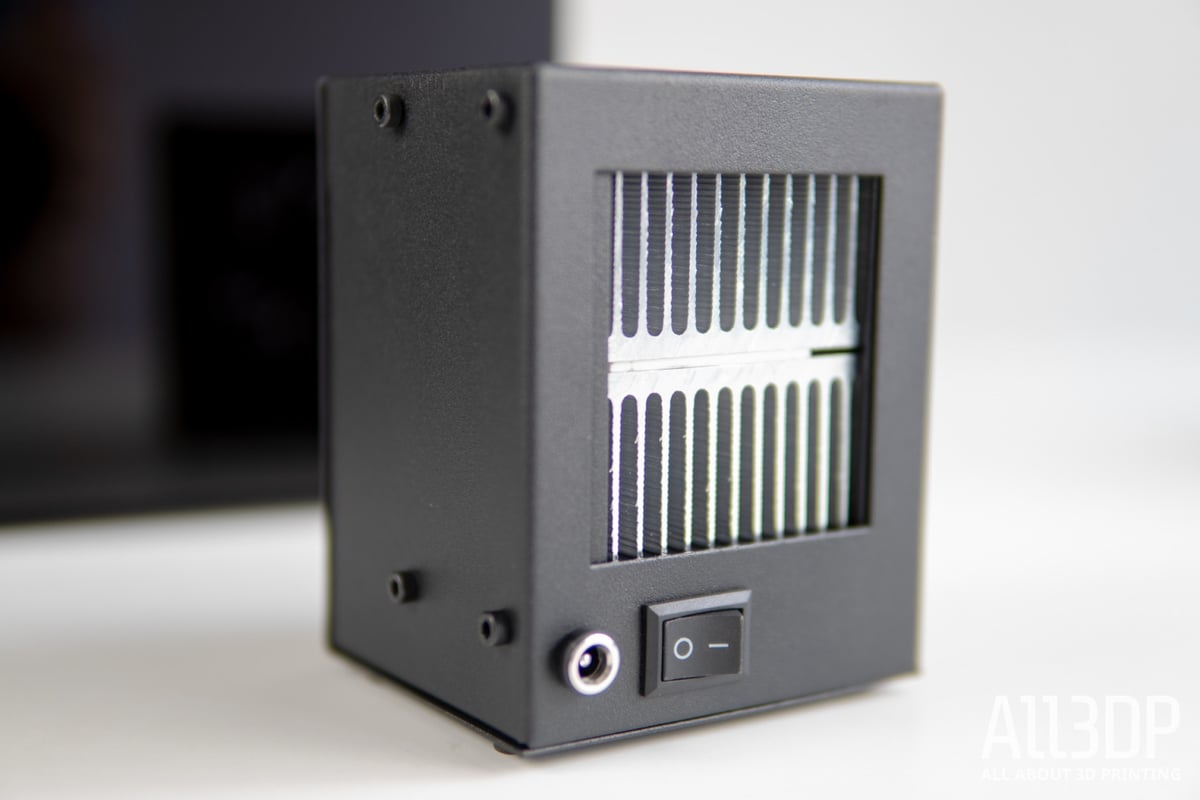
We’ve established that the Moai 130 comes with some perks over its predecessor. However, the implementation of some of these goodies leaves us a little puzzled.
The chamber heating unit, for example, has no permanent placement in the design of the Moai. There’s no outlet for the chunky power cable the heater unit needs separately, meaning you either need to take a drill to the Moai’s shell or run it around the resin vat and out of the door. It’s an inelegant solution for what is sure to be a permanent fixture in the printer.
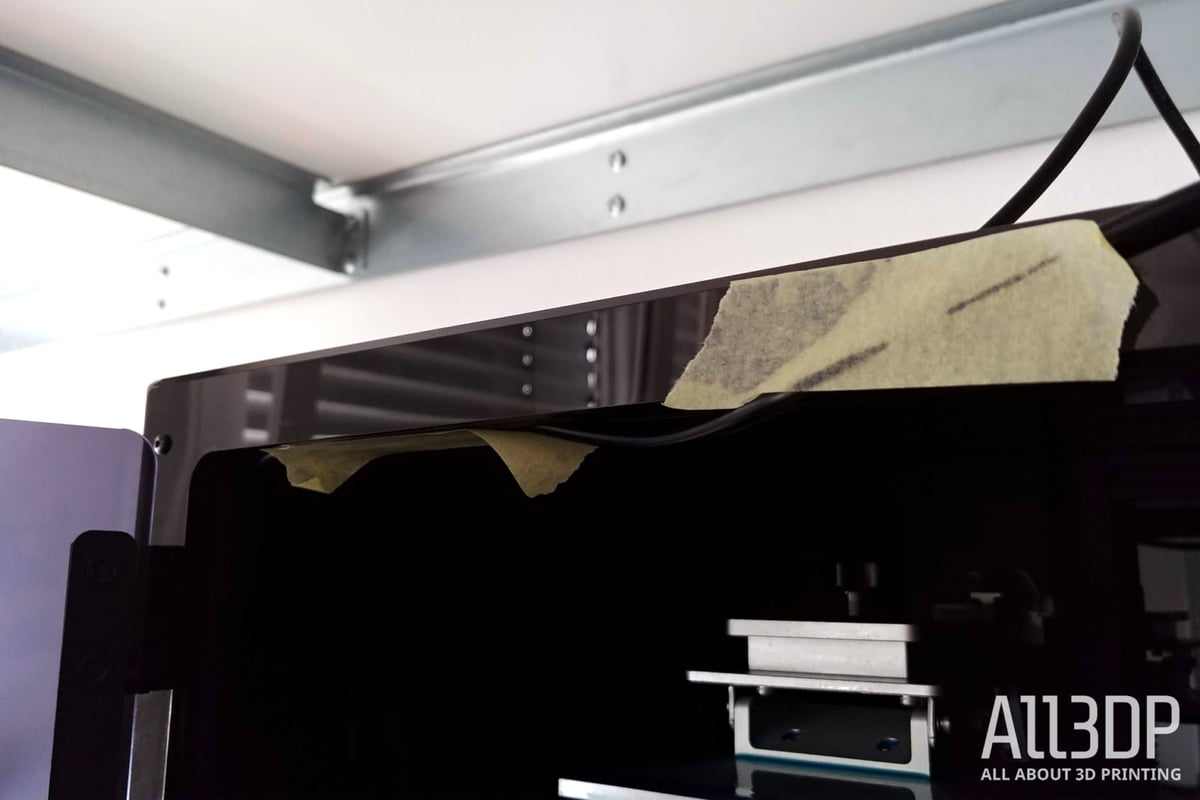
It’s no dealbreaker, and is more a cosmetic frustration than anything fundamental to using the machine. The unit would feel a little more complete if such things were tidied up and permanently designed into the Moai.
Similarly, the UV LED lamp that comes bundled with the Moai 130 is less a complete unit of its own, and more just, well, a lamp. There’s no suggestion for what to do with it in the box, nor on the Moai wiki. Only after checking the UV lamp’s product listing on the Peopoly website — something a purchaser of the Moai 130 package is unlikely to do — do you get an indication of what it’s capable of and the fact that there is a print-it-yourself enclosure for it out there. Inclusion of this on the SD card with the machine would, again, go some way to making the Moai 130 feel more cohesive.
Printing
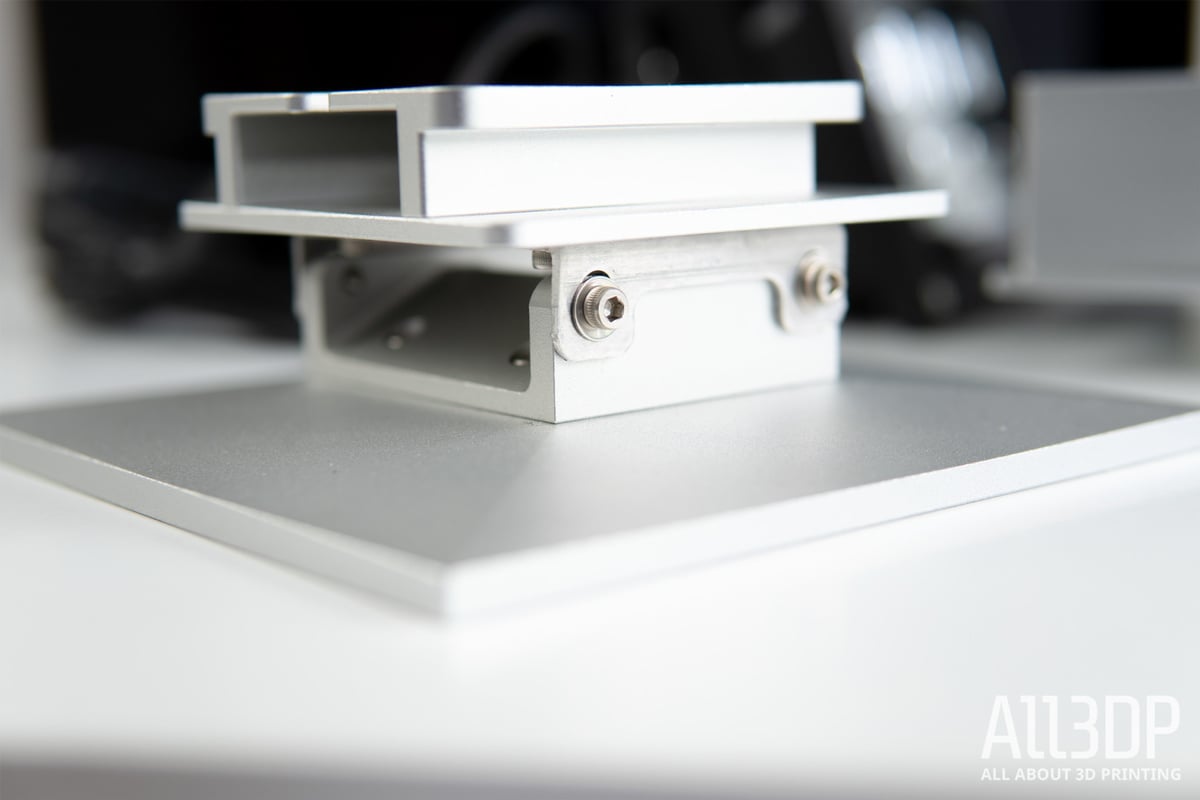
Printing with the Peopoly Moai is a utilitarian affair. Load a model into Asura for preparation; orientate, add supports and hollow if necessary. You can then either pipe it out to Cura for slicing or slice in Asura itself, before loading onto an SD card for printing.
Functionally, printing with the Peopoly Moai 130 is as pleasantly simple as it’s ever been. It boasts a tilt-motor mechanism to assist in level changes, softening the peel forces exerted on your prints. When things are well calibrated, it sings.
However, making full use of all the new equipment that comes with the Moai 130 is a challenge to calibrate and reach a satisfactory point.
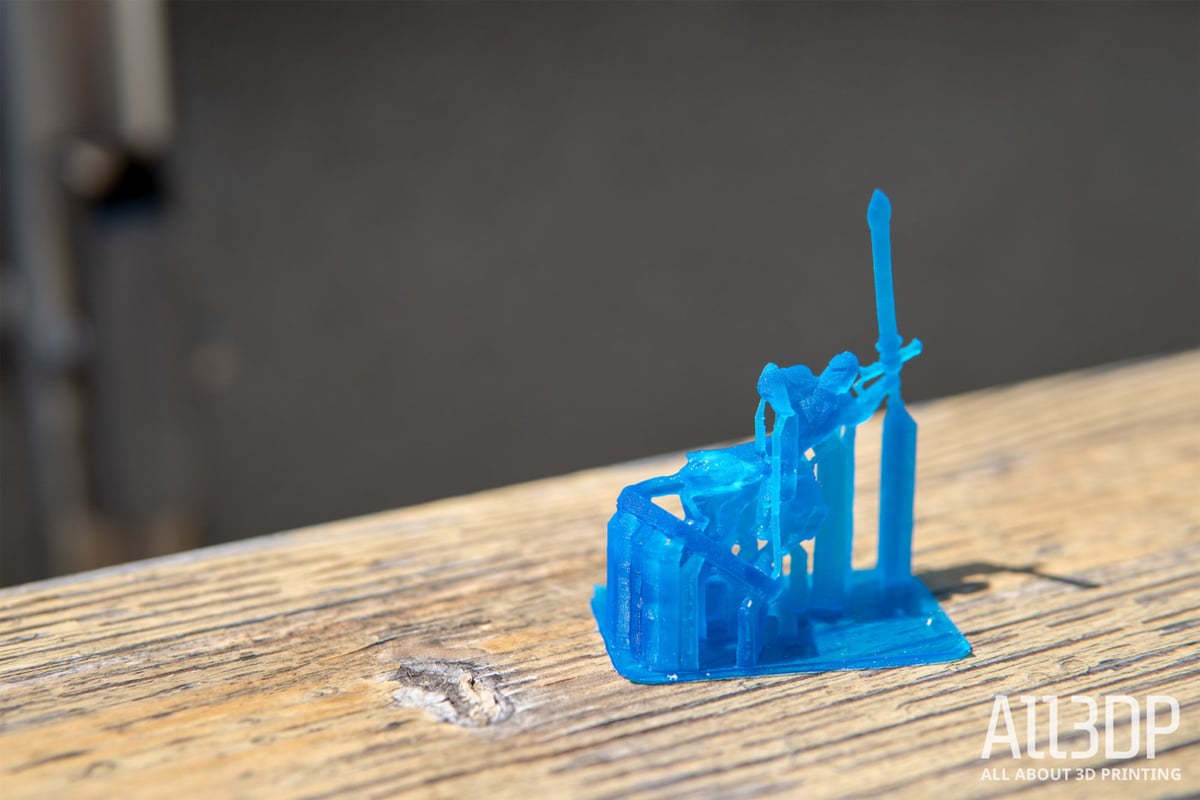
For one, the type of resin vat you use — the Moai 130 comes with both the PDMS and newer FEP vat — is something of a conundrum.
The PDMS vat is delicate and will degrade much faster than FEP. However, it is much more forgiving to print with, requiring far less exacting print settings to yield consistent results.
It puts you in one mind to recommend the PDMS vat for beginners getting to grips with the machine, where the likelihood is that incorrectly orientation and poorly supported prints will fail anyway and accelerate PDMS degradation. However, the FEP vat, while more robust and longer lasting, takes waaaaay more time and effort to find the sweet spot of peel settings and level for consistency, and is more likely to frustrate you away from using it.
It is technically an upgrade, but one that we find requires some effort to reap the benefits.
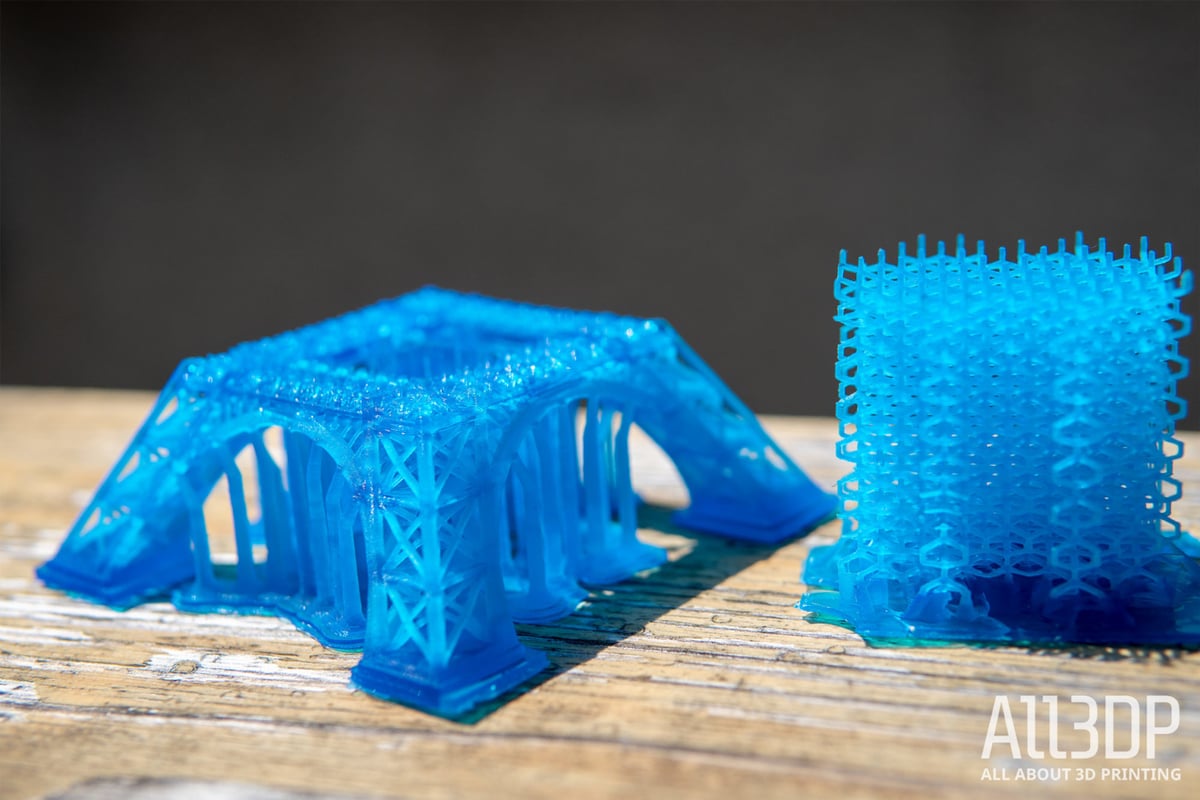
Leveling the print plate is pleasantly simple now, with the easy level plate requiring only the loosening and tightening of four bolts to quickly achieve workable results. The previous solid aluminum block print plate would necessitate removing a side panel of the machine to access four tensioners beneath the vat. This is still an option for fine tuning the level but is no longer the only way.
Is It Worth It?
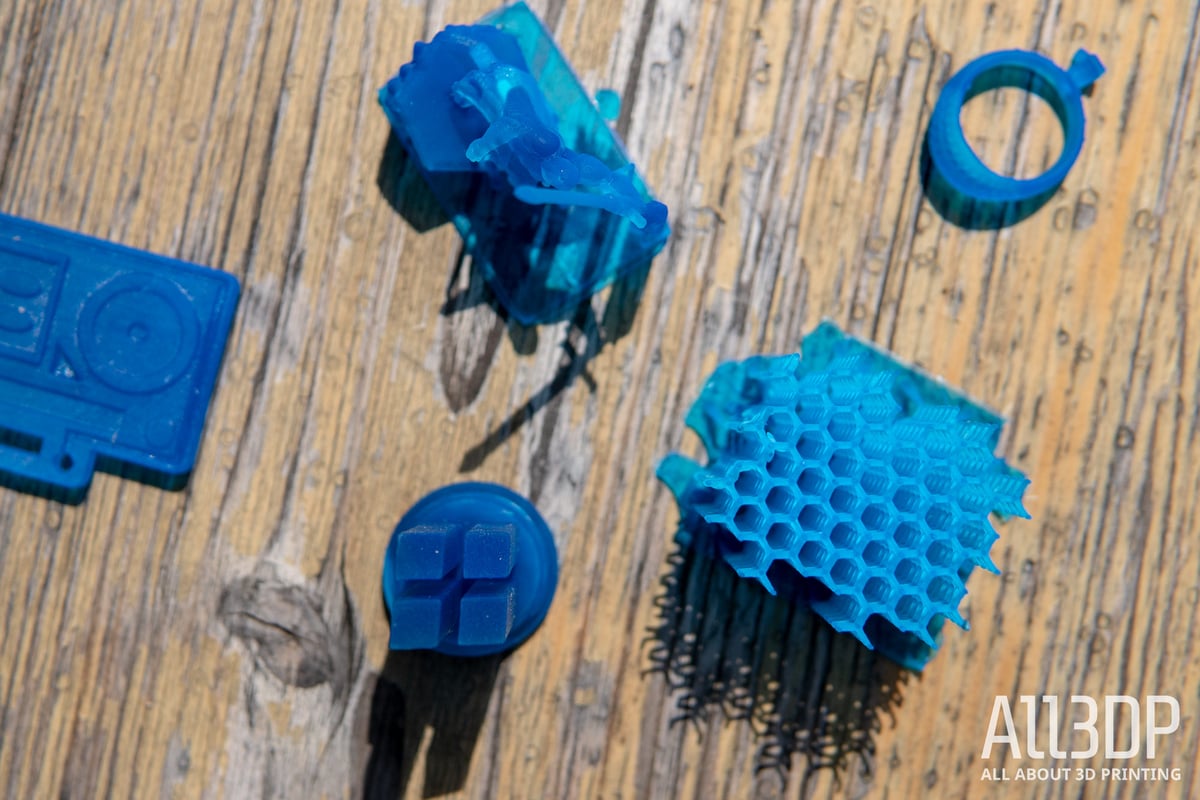
The Peopoly Moai 130 is a subtle evolution on the original Peopoly Moai. This evolution is mostly for the better, improving some of the frustration points of the original.
It’s not perfect, and the addition of several new bells and whistles has resulted in a trickier setup and online support documentation becoming a bit of a labyrinth.
As with its predecessor, the Moai 130 is a blunt tool. An excellent blunt tool, mind. And some advantages to the upgrade do shine through; the print success rate is improved by the heater heating the resin, and the FEP vat reduces the frequency with which you will need to stop printing to maintain the vat.
Expect to need to invest some time getting it set up and adequately calibrated – a process involving test prints, lots of measuring (buy calipers) and an earnest amount of time on the Peopoly Wiki and forums. This sounds vaguely negative, but it’s not. Nowhere does Peopoly pitch the Moai 130 as a printer for beginners; the company even goes as far as to say its for those experimenting with resin.
Beginners that are tempted by the Moai 130’s moderate price should expect to spend considerable time setting up and acquainting themselves. Experienced users, still set aside time to check settings are up to scratch, as it’s entirely possible the factory default settings on your new unit are suboptimal, thanks to Peopoly’s fluid handling of the new parts and regular community feedback (and improvement).
Hurdle this, and you’ll find a fine low-cost entry point to laser-based SLA 3D printing.
Tech Specs
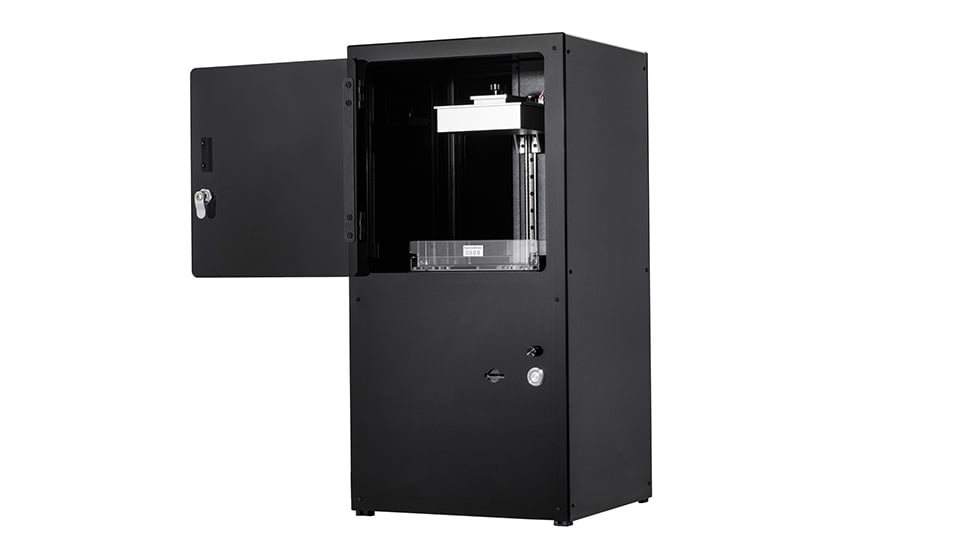
GENERAL
Company: Peopoly
Printer: Moai 130
Printing Technology: SLA
Laser: 150mW 405nm
Build Volume: 130 x 130 x 180 mm
Z-Layer Resolution: 5 micron (resin dependent)
XY Resolution: 70 micron
UI: Color LCD, scroll wheel
Connectivity: SD
Build Platform Leveling: Assisted leveling
Materials: Most 405 nm compatible resins
SOFTWARE
Software bundle: Asura
File types: STL
WEIGHT AND DIMENSIONS
Weight: –
Dimensions: –
Where to Buy
Available both as a kit you must build yourself and fully-assembled ready to run, the Peopoly Moai 130 can be bought from the retailers listed below.
License: The text of "Peopoly Moai 130 Review: Best Value Resin 3D Printer" by All3DP is licensed under a Creative Commons Attribution 4.0 International License.
CERTAIN CONTENT THAT APPEARS ON THIS SITE COMES FROM AMAZON. THIS CONTENT IS PROVIDED ‘AS IS’ AND IS SUBJECT TO CHANGE OR REMOVAL AT ANY TIME.
